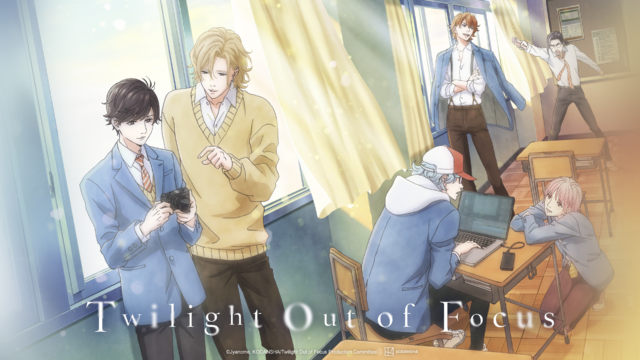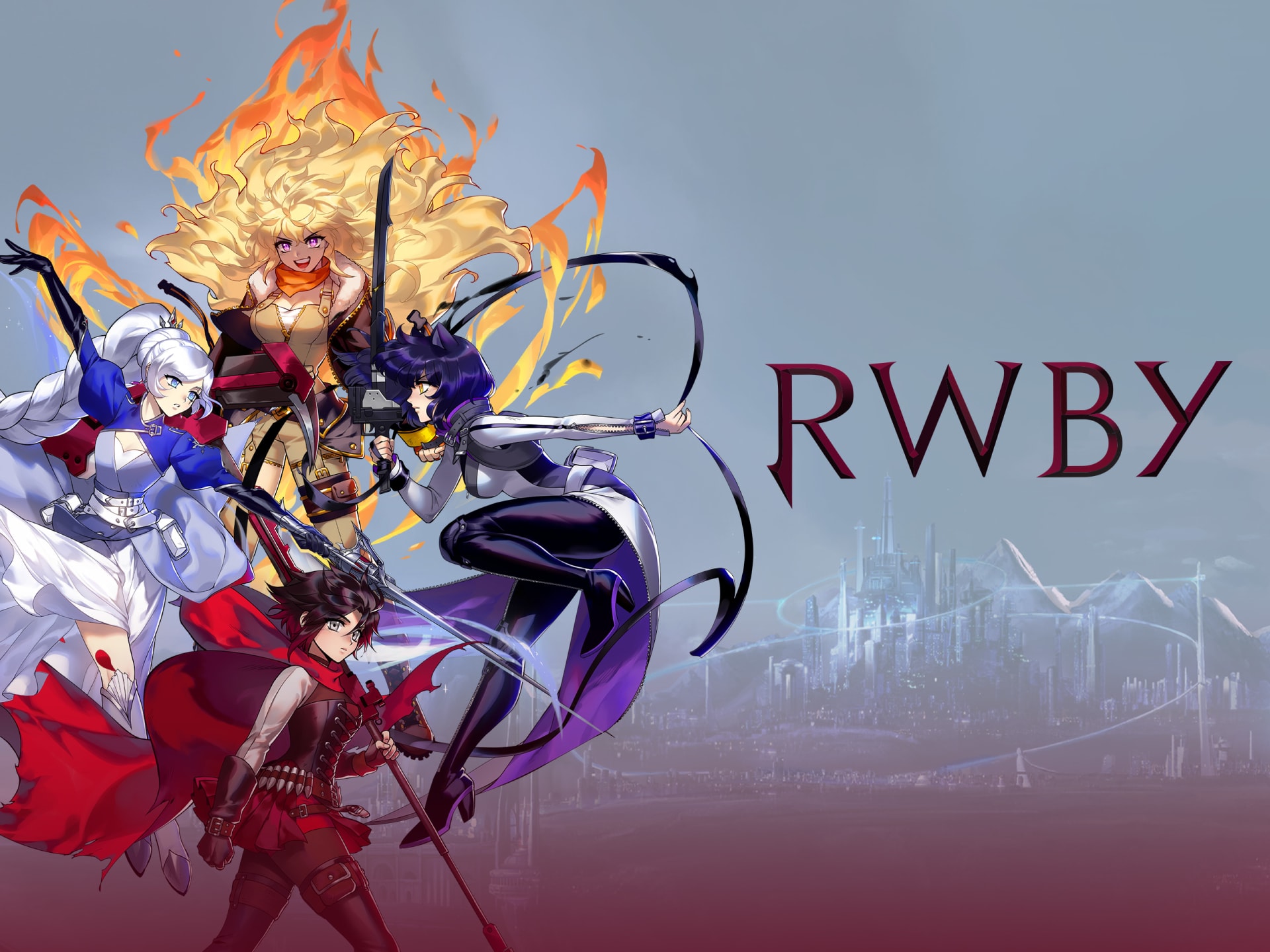Season Review: Young Justice: Phantoms
It’s easy to admit that Young Justice is one of DC’s unexpected underdogs regarding its history. Since its premiere on Cartoon Network twelve years ago, it has impressed a horde of DC fans nonstop with its mature and complex themes, character depth, and thought-provoking storytelling. It changed the way audiences look at the superhero genre, let alone a superhero cartoon that we usually watch every Saturday morning during our childhoods.
Following its cancellation, the series was brought back to life for its third season a few years later, thanks to the fans’ support. However, instead of returning to Cartoon Network, it found its new home in the short-lived DC Universe. Unsurprisingly, the revival was just as successful as when it first started.
This brings us to Young Justice’s latest season, which saw the series in another new streaming home, HBO Max. Like season three, season four, titled “Phantoms”, is split into two parts and involves many different story arcs that focus on a specific hero from season one. The first arc involves Miss Martian (Danica McKellar), Superboy (Nolan North), and Beast Boy (Greg Cipes) getting caught in a conflict on Mars during a pre-wedding visit. Then, the second one has Artemis (Stephanie Lemelin) dealing with the latest plot from the League of Shadows with the assistance of her estranged sister Jade (Kelly Hu). Finally, the third story arc features Zatanna (Lacey Chabert) and her students encountering a sinister threat in the form of a new Lord of Chaos.
In the season’s second half, the fourth story arc sees Kaldur (Khary Payton) going on an undersea adventure in Poseidonis, which sees the unexpected return of Ocean Master (Roger Craig Smith). Then, the fourth and final arc focuses on Rocket (Denise Boutte), Jay Garrick (Geoff Pierson), and Forager (Jason Spisak) heading to New Genesis for a meeting with the New Gods and the Green Lantern Corps. They all lead to them reuniting to battle another huge threat to the human race: The House of Zod.
Despite the arcs having different focuses, the season shares a common plot element. The heroes deal with the shocking demise of Superboy at the end of its fourth episode, “Involuntary”, throughout the remaining season. The only character affected by Superboy’s death the most aside from Miss Martian was Beast Boy, who spent almost the entire season sulking in the Outsiders headquarters. When Zatanna discovers that Superboy is still alive and trapped in the Phantom Zone, the team comes together to rescue him. Although, his condition may make their rescue mission more challenging for them to accomplish.
As I was watching “Phantoms”, I noticed how much I missed out on the show since its early days. I’ve watched many superhero shows, but this one, in particular, was something I didn’t return to more often. However, this season reinvigorated my interest with another series of successful story arcs filled with action, drama, and heart.
One of the things I enjoyed the most about “Phantoms” was the representation of its themes, mainly grief and depression. Due to the show being moved from cable television to streaming, the writers took the opportunity to provide several risks in the narratives and themes while still appealing to their target audience. The main risk they took this season was the presumed death of Conner Kent, aka Superboy, in “Involuntary”. That scene was honestly the most shocking turn of events I’ve seen in “Phantoms”. Superboy has been the most prominent member of Young Justice since the first season, and for them to kill him off with a kryptonite-infused bomb seemed like a very bold move.
Fortunately, this strategy is paying off quite well as it balanced its focus on the aftermath with the heroes’ solo missions. The transitions between the adventures and the characters dealing with Superboy’s death can be a bit jarring sometimes, especially when it’s in the middle of an action sequence. Other than that, the attention given to both elements felt well-earned due to the character development, emotional depth, and pacing.
The best examples of its thematic representation were the Clark Kent scenario in “I Know Why the Caged Cat Sings” and Beast Boy’s depressive state. “I Know Why the Caged Cat Sings” was one of my favorite episodes of the season, with Clark Kent being one of the main reasons. The writers for that episode did a superb job representing Kent explaining death to his son Johnny without taking some shortcuts. It’s wonderfully poetic and suitably thought-provoking, especially when taking the approach of explaining death to a young child into account.
Starting with “Artemis Through the Looking Glass”, “Phantoms” often explores Beast Boy’s descent into depression after “Involuntary” amid the characters’ heroic duties. Superboy has meant a lot to Beast Boy and losing someone who’s like a big brother to him has left an enormous hole in his heart. Not only does his depressive state affect his behavior, but it also puts a massive strain on his relationships with the Outsiders and his girlfriend. Of course, the representation of depression in animation wasn’t new for us as it was portrayed in other adult animated shows, mainly BoJack Horseman. Still, I couldn’t help but admire the creators’ determination in effectively representing this topic in a superhero show, let alone an animated one. Part of that is due to the direction and Greg Cipes’ performance as Beast Boy, which might be his best portrayal as the character since the original Teen Titans cartoon.
Speaking of performances, I thought the other actors were great in their roles, notably Danica McKellar and Stephanie Lemelin as Miss Martian and Artemis, respectively. They made a noticeable effort to make their characters believable without overdoing the dramatic tension in their dialogue. The prominent examples were Cipes as Beast Boy and Lemelin and Kelly Hu as Artemis and Jade, respectively.
The animation, which Studio Mir handled for the season, still looked as great as it was in the previous seasons. It still resembled the style we would usually see in the direct-to-video DC animated films, but that doesn’t make it even less impressive. Regarding the locations and teen-rated violence, the animators knew how to make the presentation as impactful as the punches thrown. I’m not kidding when I said the violence is teen-rated. There were plenty of moments that featured bloody kills and glimpses of people’s insides, especially in the season’s ninth episode, “Odnu!. Because of the show’s move to HBO Max, I can easily tell that the creators had enough freedom to push the boundaries of superhero violence. Thankfully, the violence in “Phantoms” wasn’t as excessive as in Invincible and The Boys due to their attempts to make the series acceptable for young and old DC fans.
Overall, Young Justice: Phantoms sees the show continuing to reward its fans with another slew of exciting adventures woven into a thought-provoking and action-packed seasonal plot. It showcases that shows and movies centering on superheroes can be more than just kid-friendly fantasies regarding their thematic depth and violence. However, Brion’s arc introduced in “Ego and Superego” felt inconclusive unless they’re saving it for a potential fifth season. Regardless, all of the episodes in “Phantoms” serve as both a series of thrilling solo adventures and a compelling seasonal narrative representing grief. Revisiting this show after so long has really opened my eyes to the show’s potential in terms of quality storytelling and character development. Even though I missed out on a few details from the previous seasons, “Phantoms” did a suitable job referencing them without forcing me to watch those episodes in their entirety. This latest season signifies that the superhero series might have a brighter future on HBO Max later on if its viewership is good enough for a possible fifth season.



























Just cancel this bird already. The chicken is beyond cooked. It's burnt to a crisp.